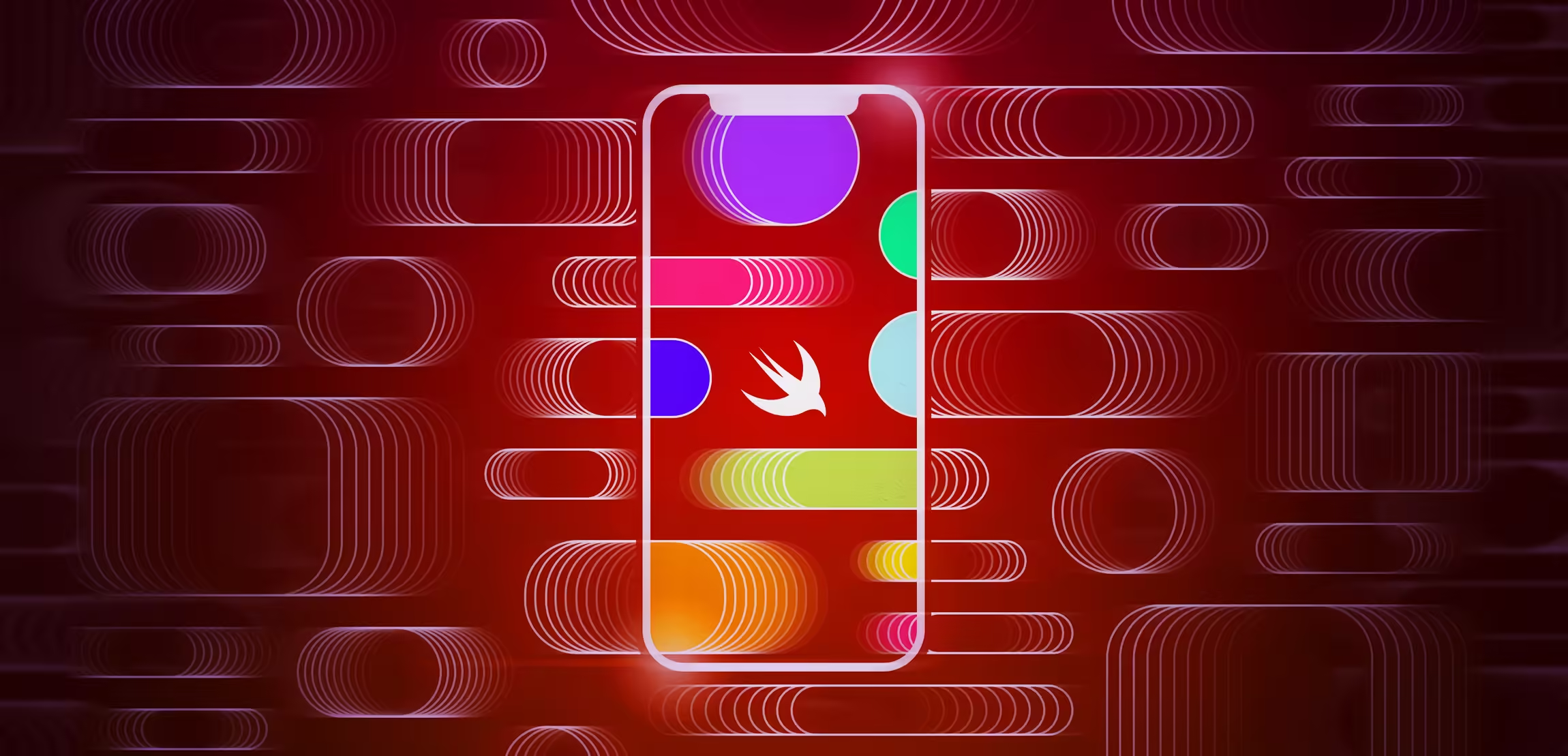In 2024, SwiftUI continues to revolutionize how developers create animations for iOS apps. The latest updates have introduced even more powerful tools, making it easier to create smooth, interactive animations that captivate users and enhance app engagement. If you’re aiming to build modern iOS apps, mastering these new animation techniques in SwiftUI will set you apart.
In this blog post, we’ll explore how to leverage SwiftUI’s latest animation features to create apps that not only look good but also keep users engaged and coming back for more.
Why Animations Matter in iOS Apps
Animations play a crucial role in enhancing user experience. When used correctly, animations can guide users through the app, make interactions feel intuitive, and add a layer of polish that improves overall usability. With SwiftUI, you can create fluid animations that bring your app’s design to life with just a few lines of code.
In 2024, Apple’s focus on animation is clearer than ever. SwiftUI’s new animation capabilities allow you to:
• Improve user feedback: Responsive animations signal that the app is processing user inputs.
• Create smooth transitions: Animations help reduce cognitive load by transitioning between app states.
• Boost engagement: Interactive elements that respond to user input increase time spent in your app.
For more on improving user experience, check out our previous article on iOS 18 development.
Leveraging SwiftUI’s Latest Animation Features
The 2024 update to SwiftUI introduces new ways to build animations that are more dynamic and flexible. Here are some of the key features you should start using today:
1. spring() for Natural Motion
Natural motion is a critical component of modern app design, and SwiftUI’s spring() function makes it easier to achieve. This animation function mimics real-world physics, adding a smooth, bouncy effect that users love. You can adjust the damping and stiffness to control how quickly or slowly the animation plays out, making it perfect for buttons, pop-ups, and transition effects.
Example:
withAnimation(.spring(response: 0.5, dampingFraction: 0.7)) {
self.isExpanded.toggle()
}This creates a spring-like expansion effect, adding an interactive feel to your app’s UI elements.
For a deeper dive into SwiftUI’s spring animations, check out Apple’s SwiftUI Documentation.
2. Keyframe Animations for Complex Sequences
SwiftUI now allows developers to create keyframe animations, enabling more complex sequences of movement. Keyframes break animations into multiple stages, allowing for precise control over how an animation evolves over time. This is particularly useful for onboarding screens or multi-step transitions that need a custom flow.
Tip: Use keyframe animations to tell a story within your app, guiding users through a sequence of events or transitions in a logical and engaging manner.
3. Interactive Gestures with Animations
User interaction goes beyond just tapping a button. SwiftUI’s 2024 update improves gesture-based animations, allowing for smooth transitions in response to gestures like swiping, pinching, or dragging. Integrating these animations can create a more dynamic and fluid experience.
For example, you can combine a drag gesture with a smooth animation to make elements like cards or menus slide in and out of view.
@State private var dragAmount = CGSize.zero
var body: some View {
Rectangle()
.fill(Color.blue)
.frame(width: 300, height: 200)
.offset(dragAmount)
.gesture(
DragGesture()
.onChanged { value in self.dragAmount = value.translation }
.onEnded { _ in
withAnimation(.spring()) {
self.dragAmount = .zero
}
}
)
}This creates a draggable element with spring-back behavior, making the interaction feel both intuitive and playful.
If you’re looking to implement more gesture-based animations, consider reviewing gesture interactions in SwiftUI.
Best Practices for Using SwiftUI Animations
While SwiftUI’s animations are powerful, it’s essential to use them thoughtfully. Overusing animations can lead to performance issues or a cluttered user experience. Here are some best practices to keep in mind:
• Keep it simple: Don’t overwhelm the user with too many animations at once. Use them strategically to guide user attention.
• Prioritize performance: Test your animations on different devices to ensure they run smoothly. SwiftUI’s animations are hardware-accelerated, but too many complex animations can still cause lag.
• Stay consistent: Use similar animations for similar interactions throughout the app. This consistency helps users understand your app’s flow and behavior.
To learn more about maintaining performance while using animations, visit our guide on optimizing iOS app performance.

Integrating SwiftUI Animations with Other Frameworks
SwiftUI works seamlessly with other iOS frameworks, which means you can combine its animations with powerful technologies like Core Animation and UIKit. This opens the door for advanced customization if you need more control than what SwiftUI offers out of the box.
For instance, you can use UIViewRepresentable to incorporate complex UIKit animations into a SwiftUI view hierarchy, giving you the best of both worlds.
struct CustomView: UIViewRepresentable {
func makeUIView(context: Context) -> UIView {
let view = UIView()
// Add UIKit-based animations here
return view
}
func updateUIView(_ uiView: UIView, context: Context) {}
}Explore how to integrate SwiftUI with Core Animation through Apple’s official resources.
Conclusion: Engage Users with the Latest SwiftUI Animations
In 2024, creating engaging iOS apps with SwiftUI’s animation tools has never been easier. By leveraging the latest features like spring animations, keyframe sequences, and interactive gestures, you can make your apps more responsive and delightful for users. As you integrate these animations, remember to focus on user experience—animations should enhance, not distract.
Now’s the time to master SwiftUI animations and build apps that captivate users with every interaction. Stay ahead of the curve and let your app’s design shine with smooth, intuitive animations.
Check out more ways to elevate your iOS app development by browsing our complete collection of iOS development resources.

